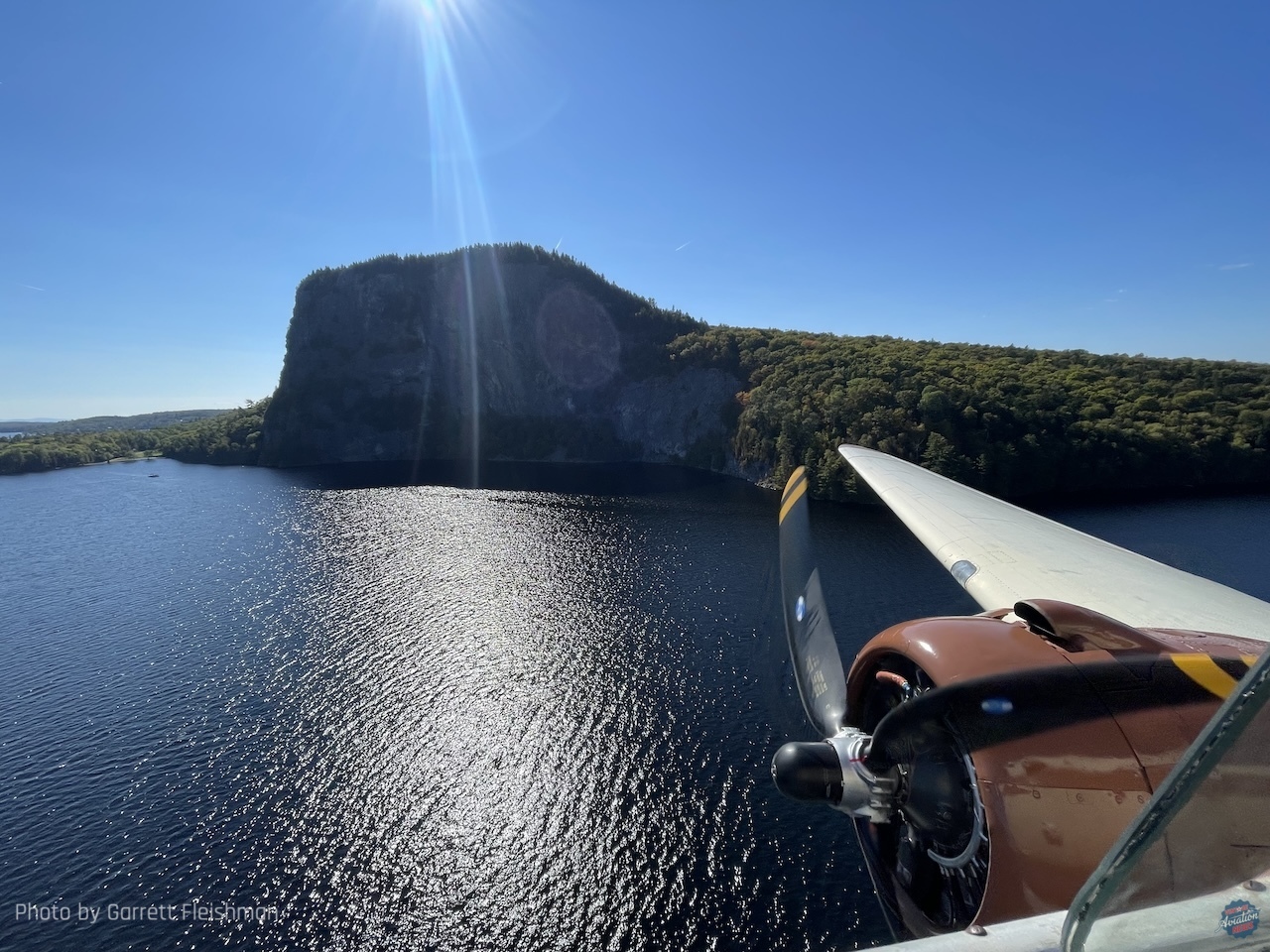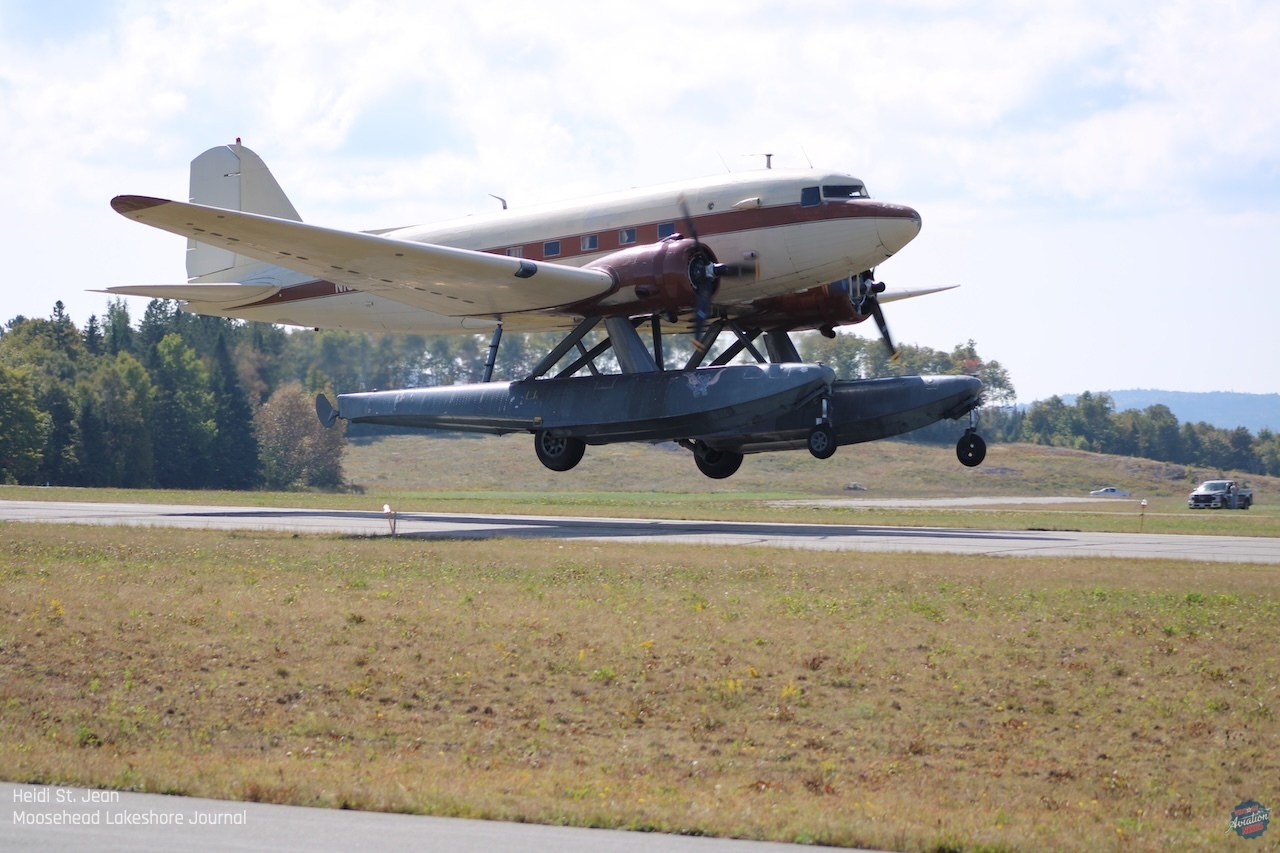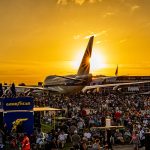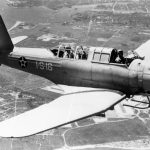In the warbird industry, when we think about ‘first flights’ after a restoration, the mind immediately jumps to Mustangs and Spitfires, multi-million dollar projects coming out of workshops specializing in the craft. We think of Oshkosh Grand Champions, Golden Wrenches, and so on. Admittedly, gargantuan floatplanes, of all things, are not the first thing to come to mind. It was much to the astonishment, then, of warbird enthusiasts around the world when on Saturday, September 14th, 2024, the world’s only DC-3 on floats took to the skies for the first time since 2004.

The airplane, N130Q, was constructed by Douglas at Santa Monica, California in 1943 as a C-53D-DO with serial number 42-68834. As a landplane, it flew for Eastern Airlines after conversion to DC-3B specification until 1952 as N86562, before passing through a series of other civilian owners. In 1986, N130Q was acquired by HBF, Inc., of Greenville, Maine, a partnership led by Richard B. “Dick” Folsom, Sr. Folsom was the founder, in 1946, of Folsom’s Air Service in Greenville, a major seaplane operation on Moosehead Lake, known around the world as the home of the International Seaplane Fly-In every September. He was also a U.S. Army Air Corps veteran of World War II. With N130Q, Folsom set out to recreate the famous XC-47C floatplane that was the subject of USAAC trials in the latter stages of World War II. For a very thorough and engaging read on the full history of the DC-3 floatplane, including wartime history and the details of the Folsom airplane, we encourage readers to pick up a copy of Jakob H. McKenney’s The Glorious DC-3 on Floats: An Unwritten History of the World’s Largest Floatplane, available in paperback from his website.

The C-53’s conversion to an amphibian was not without its challenges; Folsom had acquired one of the only remaining intact sets of Edo 28000 floats around the same time as the DC-3, but it took four years to have the required hardware machined and fitted to the airplane before its first flight in 1990. The Folsom family and their partners flew the airplane extensively for about a decade, including a trip to Sun ‘n Fun in Lakeland, Florida and back, but after Dick Folsom’s passing in 2002 at the age of 83, she was last flown on floats in 2004. As the largest floatplane ever built, maintenance and flight operations of any kind quickly become huge projects. With the floats removed, N130Q flew again in 2010. Dick’s son, Max, who had run the family flying service since 1982, passed away in September 2023, and after Max’s passing, his brother, Rodney Folsom, Sr., began to work towards returning the legendary airplane to the skies.

The massive project, of course, begs many questions for pilots and aviation enthusiasts alike. How does it perform? Is it absurdly heavy? With more than two decades since the last DC-3 floatplane flight, there were no more living DC-3 floatplane pilots. As the airplane neared readiness for flight, Rodney began to look for qualified pilots in August 2024, and eventually took on Eric Zipkin as the pilot-in-command for the first flight, joined by Garrett Fleishman as co-pilot.
Eric and Garrett are both experienced captains on C-47 Placid Lassie for the Tunison Foundation, with additional experience on other variants of the DC-3 family. Eric and Garrett have flown DC-3s since 2010 and 2019, respectively, each with substantial experience across a wide range of warbirds and vintage aircraft. Additionally, Eric is an experienced seaplane pilot, having started his career as a floatplane instructor at Goodspeed Airport & Seaplane Base in Connecticut in 2001. For many, flying something so unique as a DC-3 floatplane is the stuff dreams are made of, so we reached out to Eric directly to hear what the experience was like.


For starters, he says that the DC-3 on floats is the “coolest airplane I have ever flown, without a doubt,” which, since he’s also flown a retinue of World War II fighters and other obscure aircraft, says a lot. “It’s heavier, it has a lot more drag, but it still flies like a DC-3,” he begins. “It’s not a very good landplane, it’s even more challenging to taxi than the land DC-3, it’s kind of ungainly. You are able to taxi over almost anything, though, since it sits so high!” Many commenters on social media wondered about the drag and weight, and Eric says that the empty weight of the airplane is over 20,000 pounds, making it a very heavy DC-3. Those same commenters also often asked whether it had been landed on water, which Eric and Garrett did, with Rodney Folsom in the jumpseat. “On water, my experience is still fairly limited,” Eric says, “but it seems to handle quite nicely. I was a little bit concerned, because it had a reputation during wartime of not being a very good water-handling airplane. I later found out, in talking with some people who have done a lot more historical research about the airplanes, that the people that test flew the airplane had no floatplane experience, because it was the Army Air Corps, and they just took regular [USAAC] test pilots … [the float] is really a scaled-up version of the Edo floats that you would see on a Cessna 180/185.” Eric reports that takeoff and landing speeds are comparable to a land-based DC-3, though cruise speed is reduced to just 115 knots at standard power settings.
Floatplane pilots know well the importance of water rudders to their maneuverability on water, and though it’s the world’s largest floatplane, the DC-3 on floats is no exception, albeit with its peculiarities. The water rudders are hydraulically retractable and steerable, though by a separate system from the master hydraulic system that ordinarily drives the flaps, landing gear, cowl flaps, and windshield wipers in a land-based DC-3. This ‘auxiliary’ hydraulic system for the water rudders is driven by an electric pump, which is switched on and off in the cockpit when needed. The amphibious landing gear is hydraulic and retracted via an identical procedure to land-based DC-3s, via the master hydraulic system. Regarding the water rudders, Eric says they’re effective, and curiously contrasted with many multi-engine seaplanes today, which have reversible propellers for water maneuvering, instead.

For now, Eric wears the unlikely mantle of the only living DC-3 floatplane captain, but the question on everyone’s mind is what’s next for this extraordinary and unique airplane. “I honestly don’t know yet,” Eric says. “[The owners] are enjoying the fact that it is flying and they would like to fly it actively, and find a way to be able to do that.” While the future of the lone DC-3 amphibian, N130Q, is still somewhat unclear, it’s looking much brighter than it has in 20 years.
Photos courtesy of Eric Zipkin, Garrett Fleishman, and Heidi St. Jean, Owner/Editor of the Moosehead Lakeshore Journal

































